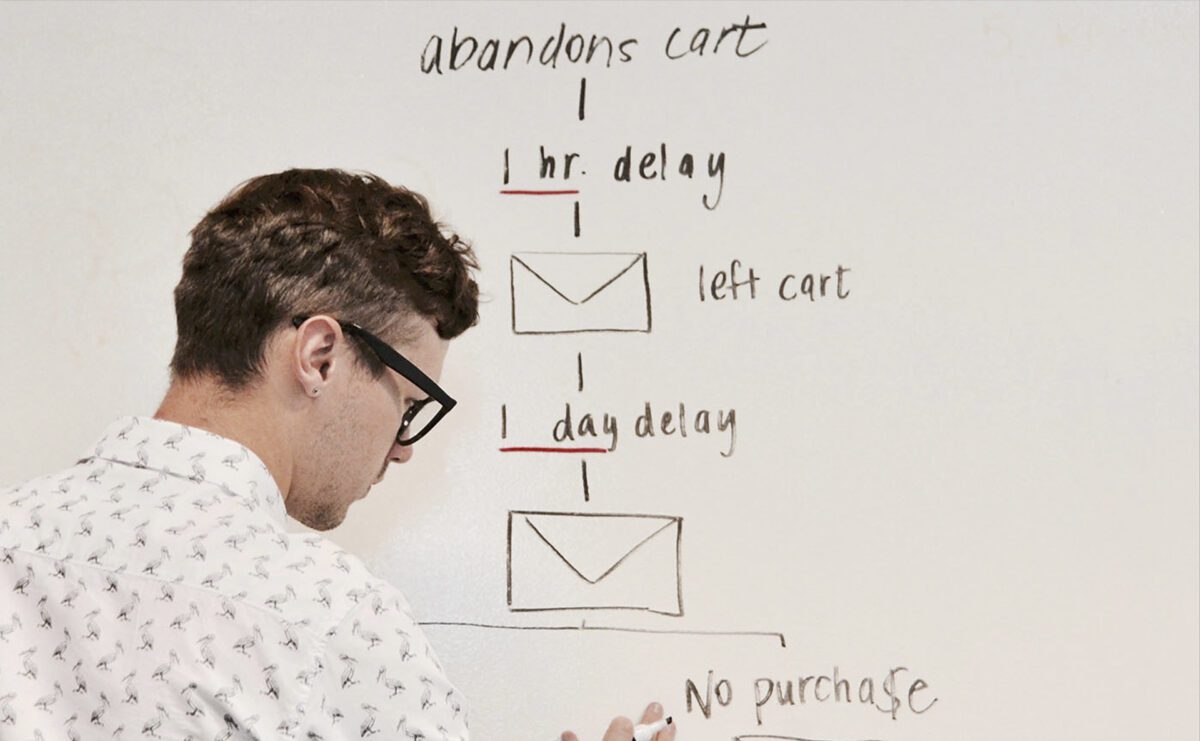How to Vlog
In today’s world of digital marketing and endless content, vlogs — which combines the words “video” and “blog” — are undoubtedly a popular way to engage with followers on social media. If you’re interested in starting a vlog but aren’t sure where to start, read on to learn some tips on how to maximize this great marketing opportunity.
First, it is important to keep your expectations realistic when starting a vlog. Thousands of hours of video content are uploaded to YouTube and beyond every couple of minutes. Only a handful of vloggers have a million or more followers or earn thousands of dollars in revenue. However, while your vlog may not receive a million followers, that does not mean it cannot be successful. Working with a small audience can help you closely engage with your followers and create meaningful content that is beneficial to both you and those watching.
Unlike traditional blogging or podcasting, vlogs allow followers to consume content in a different and more visual way. This can be a draw for many who wish to engage with you or your business even if you use other channels to connect to your followers. Since people like to explore digital content in a variety of ways, a vlog may open the door to new followers.
Now that you know the basics of why you should vlog, it’s time to learn what makes a good vlogger. Paying attention to logistics can be a huge benefit when vlogging. A shaky camera and poor sound quality will turn viewers off. Invest in an inexpensive stand if you plan to film on your phone, or take it one step further and purchase a video camera. It’s also important to edit your videos well, with clean graphics and seamless edits. Changing up your location from time to time can also work wonders. If you usually sit in your office during vlogs, try filming somewhere else every so often. This will keep viewers interested and engaged with your videos.
When it comes to content, keep your vlog short and focused. Viewers prefer to watch a concise, well-edited video over something drawn out. Posing questions so that followers can engage with you is a great way to grow your audience. Also, the more specific you get when it comes to content, the more followers you will have. If you or your business are part of a niche industry, capitalize on that. It is better to vlog about something you knew well and that you may not have a lot of competition in than filming a generic and boring video.
Ultimately the most important thing in creating a vlog is to just start doing it. People will often realize they have much more to say than they initially thought once the vlog has been started. Being vlogging today to boost followers and engagement for you and your business!




